14
"Boost" station magazine from RAF Station Korangi Creek in what is now PakistanJuly 1944
 Credits:
Credits:The Secrets of Radar Museum
15
Canadians radar technicians served on dozens of squadrons and hundreds of ground stations spread over all of these regions. Much of the campaign took place in unmapped and wild terrain. During the war, none of the men involved could say where they were or what they were doing.16
RCAF Radar Mechanics who were seconded to the RAF received an identification card like this one1942-1945
 Credits:
Credits:Private Collection
Courtesy of K.E. Wells
17
A rail yard thought to store German munitions prior to a bombing raid led by OBOE radarca. 1944
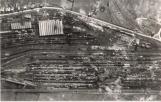 Credits:
Credits:Royal Air Force Photograph
The Secrets of Radar Museum Archives
Jan Bates Collection
18
The same rail yard a short time later shows how accurate and deadly the bombing raids could be.ca. 1944
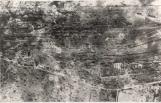 Credits:
Credits:Royal Air Force Photograph
The Secrets of Radar Museum Archives
Jan Bates Collection
19
The station logbook shows that Les Brown was on duty during the D-day invasions6 June 1944
 Credits:
Credits:Private Collection
Courtesy of J.L. Brown
20
Large trucks helped bring men and equipment further into Europe after D-day1944-1945
Heidelberg, Germany
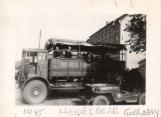 Credits:
Credits:Private Collection
Courtesy of K.E. Wells
21
Men and women worked side-by-side as radar operators, tracking the incoming aircraftWorld War II
Unknown Location
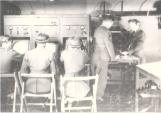 Credits:
Credits:RAF Photograph
The Secrets of Radar Museum Archives
22
Compass from an Italian aircraft. Allied airborne radar was very useful to RCAF and RAF navigators.1940 to 1946
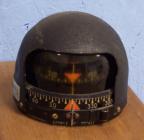 Credits:
Credits:The Secrets of Radar Museum
23
Lining up for the canteen at RAF Woodvale in 1944, where RAF Sqdn 256 was based flying Beaufighters1944
Woodvale, Lancashire, England
 Credits:
Credits:The Secrets of Radar Museum
J. Tevlin Collection
24
RCAF Personnel on their way home from Italy in 194518 May 1945
Leghorn, Italy
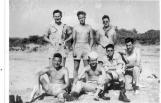 Credits:
Credits:The Secrets of Radar Museum
J. Tevlin Collection